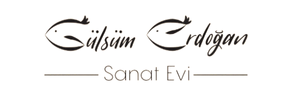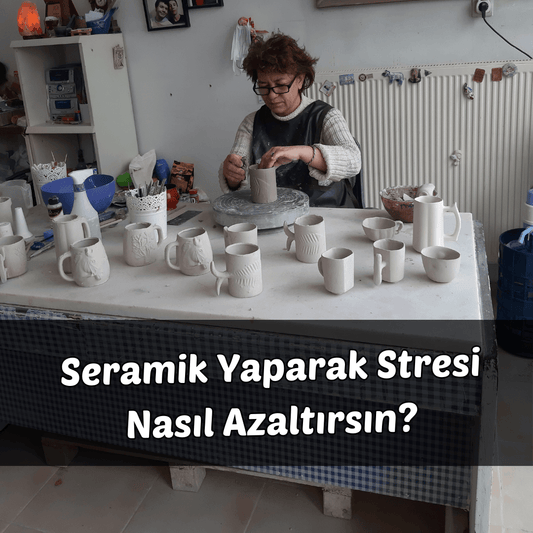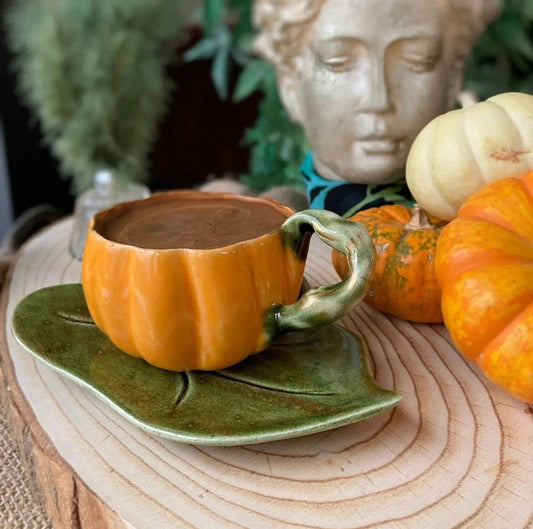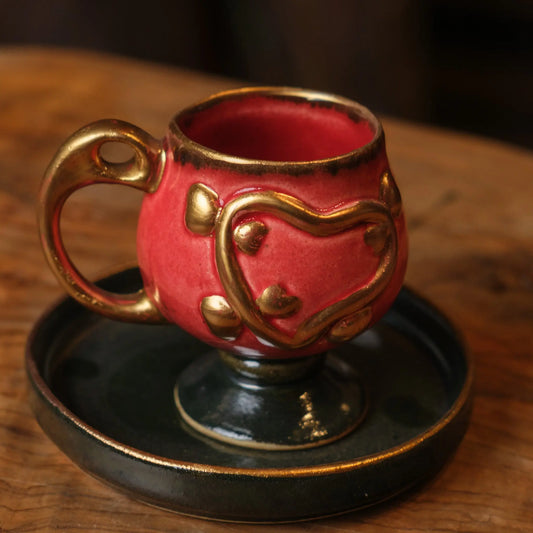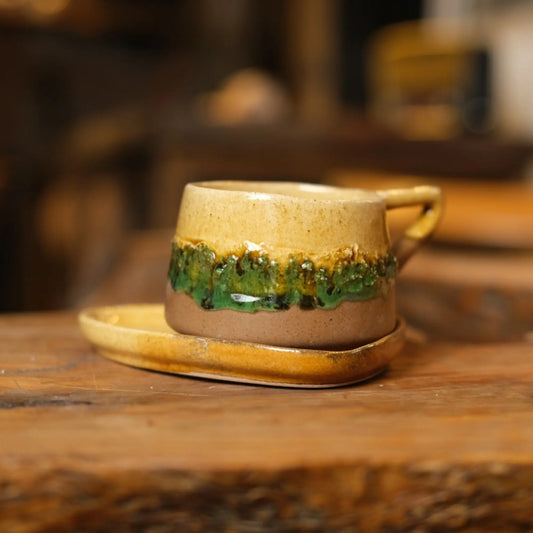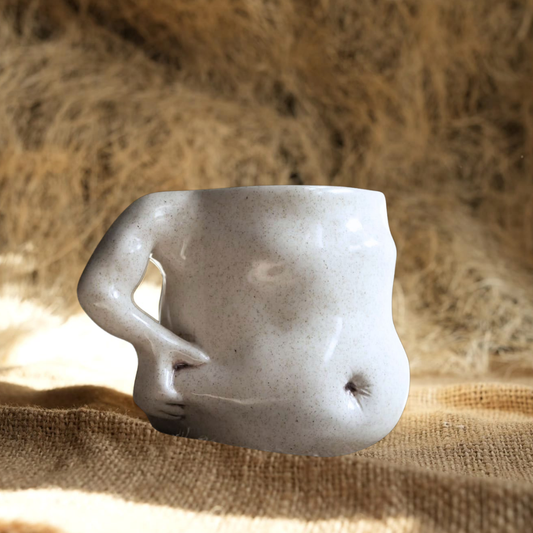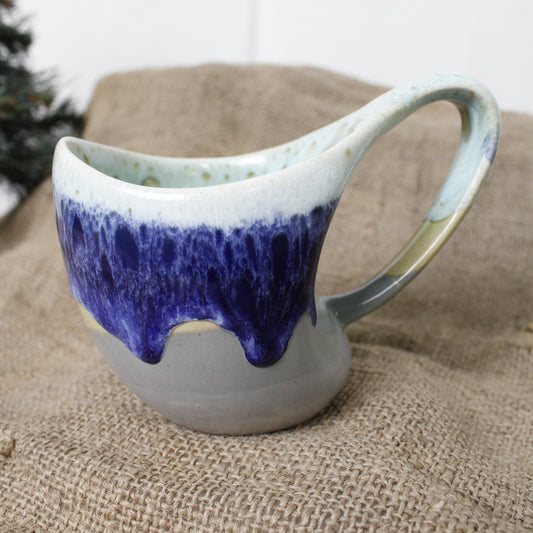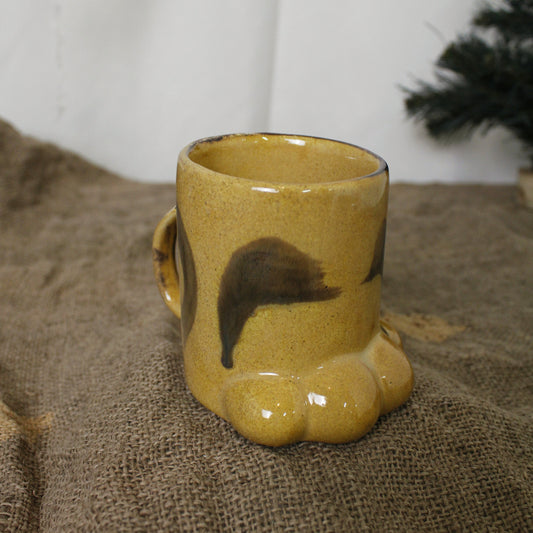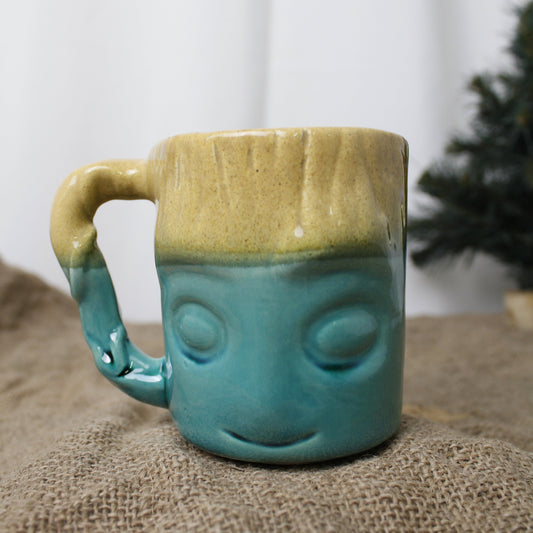Visual Art History: Humanity's Creative Journey

Hello my art-loving friends,
Art is one of humanity’s oldest and most profound forms of expression. From the first drawings on cave walls to the abstract and striking works of modern art, visual arts have developed and evolved with humanity throughout history. In this article, we will take a short journey into the fascinating history of visual arts.
First Steps: From Cave Paintings to Civilizations
We come across the first examples of visual arts in prehistoric times. Animal figures, hunting scenes and handprints carved on cave walls help us understand how people of that period viewed life, nature and their surroundings. Although these drawings may seem simple, they were actually the first indicators of mankind’s desire to make sense of his surroundings and share his experiences.

As civilizations developed over time, art became more complex. Ancient Egyptian hieroglyphics, Greek sculptures, and Roman mosaics show that art was not merely decorative, but also a means of expression and storytelling.
The Middle Ages: The Convergence of Religion and Art
During the Middle Ages, one of the greatest sources of inspiration for art was religion. Stained glass, frescoes, and sculptures in churches and cathedrals were used to tell stories from the Bible. Art during this period was often meant to glorify spirituality. As such, works were full of symbolism and detail.

Renaissance: Rebirth and Focus on Humanity
The Renaissance was a true revolution in art. During this period, artists developed techniques such as human anatomy, perspective, and light and shadow to make their works more realistic and impressive. Artists such as Leonardo da Vinci, Michelangelo, and Raphael are among the greatest masters of the Renaissance, and their works are still admired today.
During this period, artists not only addressed religious themes but also mythology, history and daily life. Art began to glorify not only the divine but also man himself and nature.

Baroque and Rococo: The Art of Movement and Emotion
The Baroque period is known for dramatic expressions, intense emotions, and dynamic compositions. Artists during this period used striking contrasts and dynamic figures in their works to impress the viewer and give them a strong emotional experience. The Rococo period is characterized by a lighter, more elegant, and decorative style; the artworks of this period are often filled with pastel tones and romantic scenes.
Modern Art: Innovation, Experimentation and Abstraction
- Towards the end of the century, artists began to deviate from traditional rules and seek new forms of expression. Movements such as impressionism, cubism, fauvism and surrealism pushed the boundaries of art and offered audiences new perspectives. During this period, art became a tool not only for beauty or storytelling, but also for social criticism, psychological depth and individual expression.

Today: Diversity and the Digital Revolution
Today, art has almost no boundaries. The rise of digital art has made art more accessible and dynamic. At the same time, in a globalizing world, artists are influenced by different cultures and add a universal dimension to their work. Visual arts continue to be one of humanity’s most powerful forms of expression and are evolving in new ways every day.

Final Words
The history of visual art is a mirror of human history. Art has always been a reflection of our culture, beliefs and emotions. In this fascinating journey of art, we can contribute to our own creativity and perspective on art by drawing inspiration from both the masters of the past and the innovative artists of today.
With love,
Gulsum
